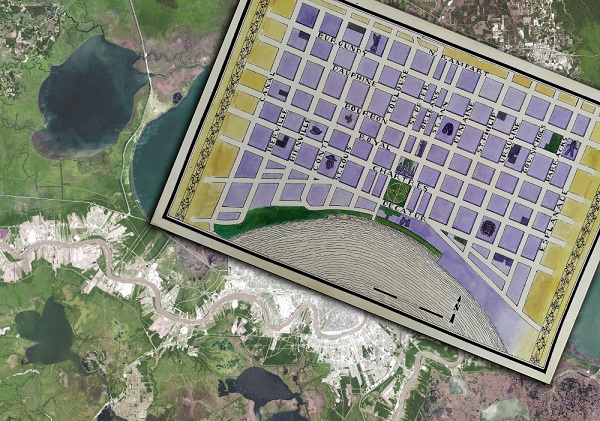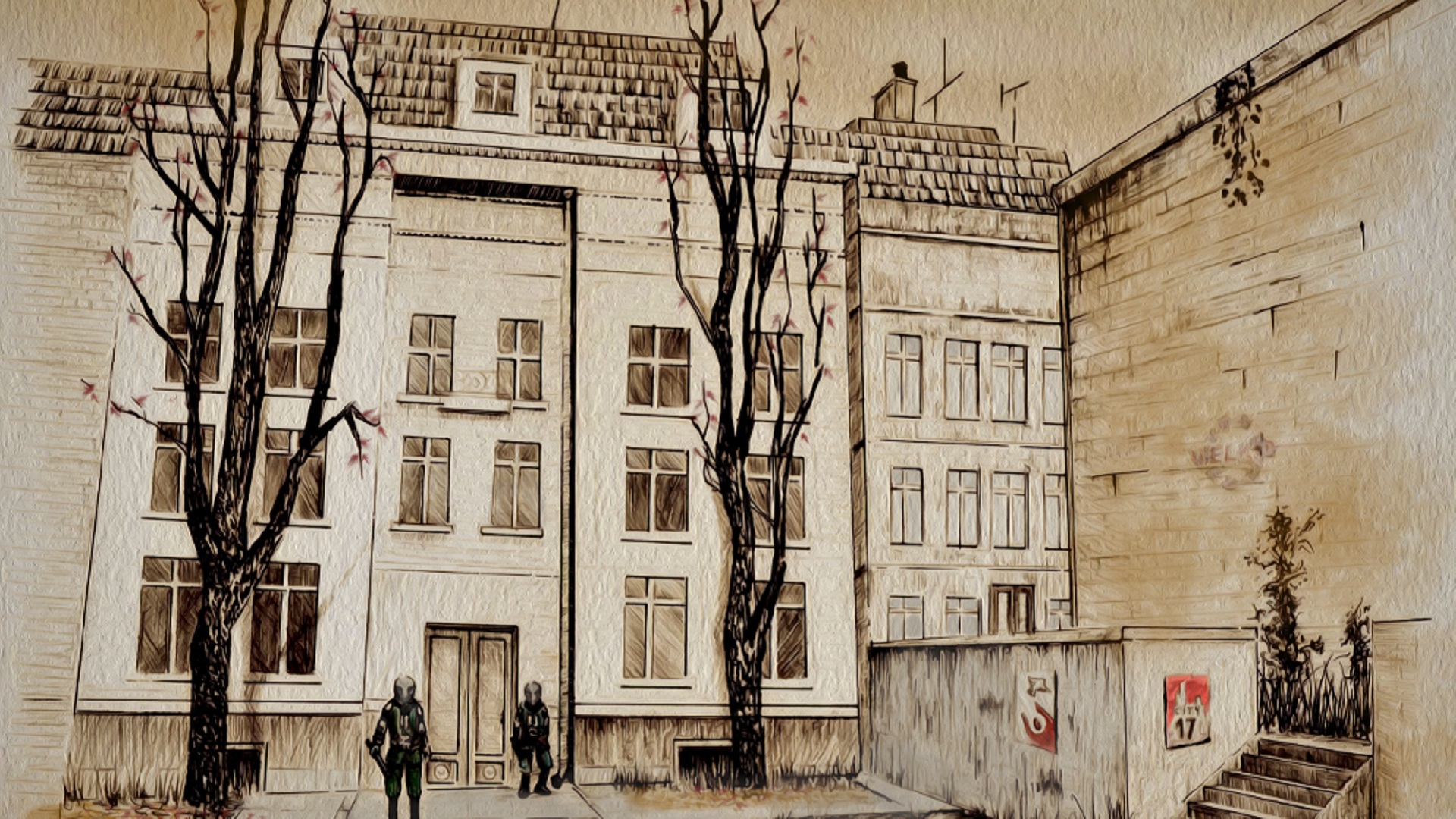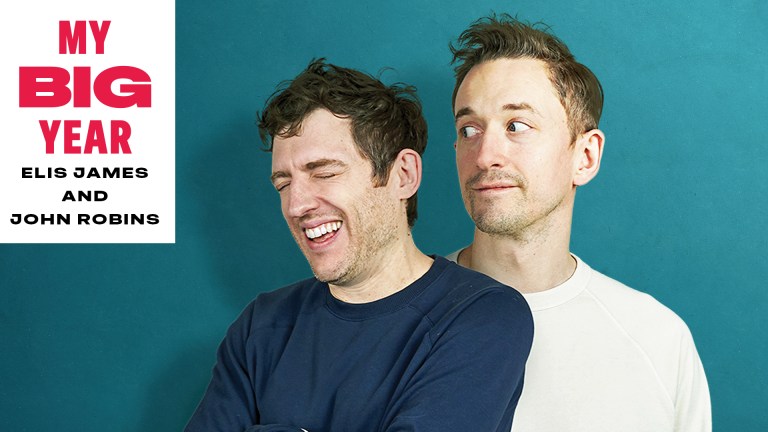And the resulting post-GTA III explosion of open-world games saw game developers attempt to recreate cities block by block in the early 2000s, such as The Getaway’s London or True Crime: Streets of LA’s 240-square-mile version of the California city.
But one man who knows just how far the medium has moved forward in simulating a city is Konstantinos Dimopoulos, a games urbanist with a stellar academic background in engineering and urban planning and over 10 years’ experience in the gaming industry.
In short, he has combined his love for cities with his love for video games and now he critiques, creates and consults on digital urban designs. He’s even mapped out what makes gaming’s favourite cities tick in Virtual Cities: An Atlas & Exploration of Video Game Cities, his new book out next month.
Now he has become an authoritative voice on video game cities, and creating a virtual New York or London is not as simple as you’d think. It’s far from getting Mario to run around Google Street View.
Why can’t you just pull a one-to-one replica into a virtual world?
“Plausibly recreating everything is impossible – and maybe even a bit bland,” says Konstantinos, citing Assassin’s Creed Syndicate’s version of Victorian London as an example of how landmarks are painstakingly recreated but the streets between them are streamlined.
Advertising helps fund Big Issue’s mission to end poverty
“If you want to set a game in London then you’ll want to focus on the more interesting places, either landmarks or specific buildings and neighbourhoods. The rest is essentially filler.
“It’s too much realism, you don’t want to have to traverse a road for 40 minutes where nothing happens. You want there to be a flow to everything.
“You are creating the impression that you have distilled what makes this path interesting or beautiful and given it back to the player.”
Rather than playing up to reality, virtual cities aim to play up to our memories and feelings of what it is like to inhabit a real-world space – or even a space we can’t physically inhabit in the case of historical or sci-fi settings
And that has made it ideally suited to these uncertain times.
“It’s a surprisingly valid substitute,” says Dimopoulos. “When done well you have all this density and detail and the combination of unexpected stuff happening and virtual characters to meet and things to do and places to explore.
“Having even this fleeting feeling of being there and being immersed, it feels good. Especially when our mobility is vastly reduced and accompanied with stress, I would say that games can definitely be helpful.
Advertising helps fund Big Issue’s mission to end poverty
“But when you play games or watch films set in cities at the moment you do get this instinctive reaction of people being too close. You get this scared reaction which is very odd.”
The next generation of video game consoles promising higher-fidelity creations. Dimopoulos believes that this may not necessarily be an advantage to creating more believable, immersive cities, warning that the greater the detail, the more obvious it will be that real-life rules are not adhered to.
Nor does he believe that video games can play a meaningful role in solving the social problems of city life. In fact, he believes that games can even host “monstrous takes” on solutions, citing SimCity’s use of homelessness as a gamified mechanic to affect property values and provoke a police response as an example.
But he is clear that how we think about our digital spaces is evolving.
“People have started thinking about the urbanist part of their creations a bit more and you can see even more architects and engineers being involved with the process.
Advertising helps fund Big Issue’s mission to end poverty
“Cities are so all-encompassing. Most of history takes place in cities, most revolutions and clashes, everything focuses around cities. This is where human life happens and the problems of the cities are problems that we have to solve to solve the problems of existence.”
If right now a problem of existence is missing the hustle and bustle and the sights and sounds of urban life, video games could offer a temporary answer.
Virtual Cities: An Atlas & Exploration of Video Game Cities by Konstantinos Dimopoulos is out now (Countryman Press, £30)










